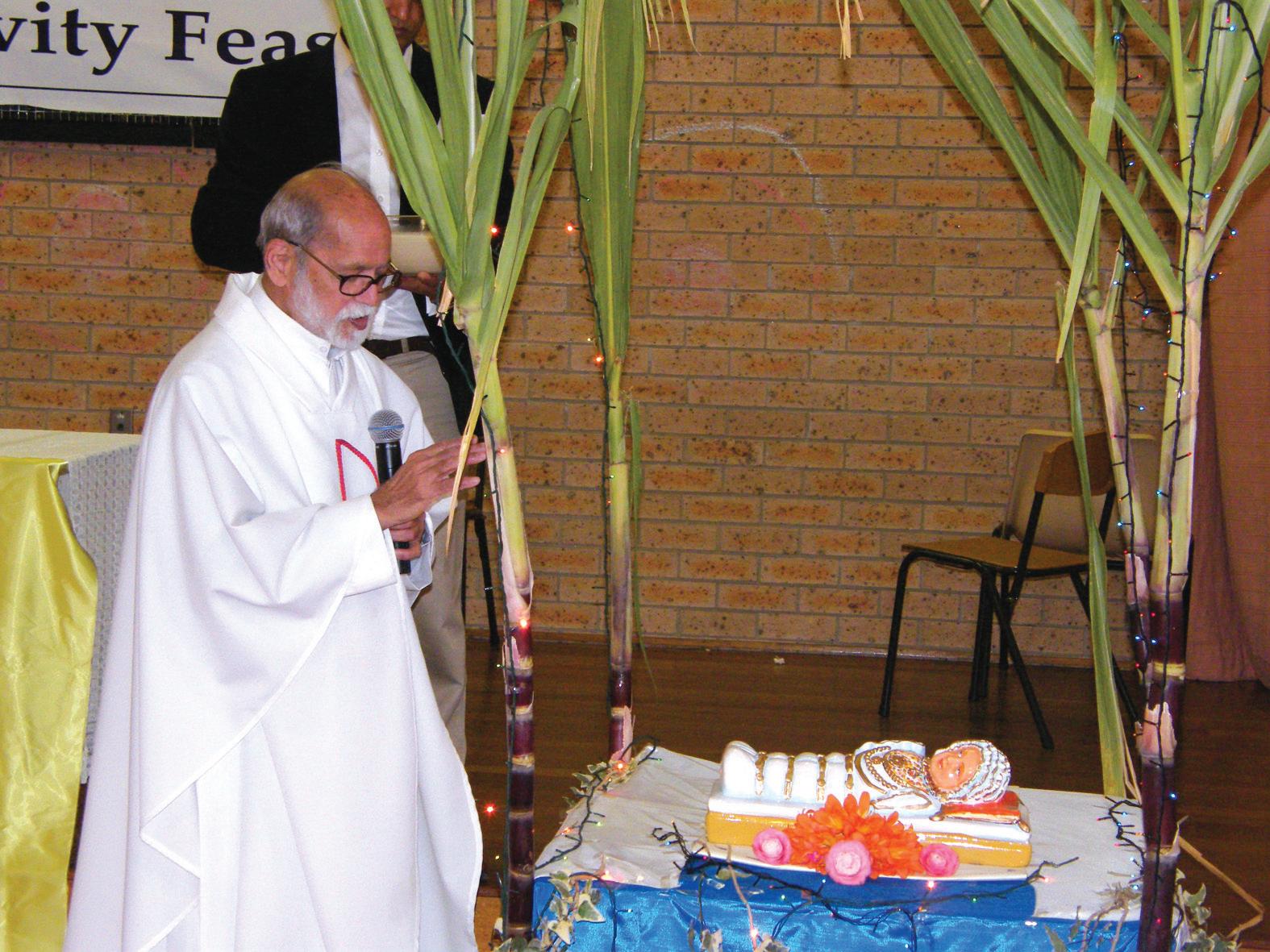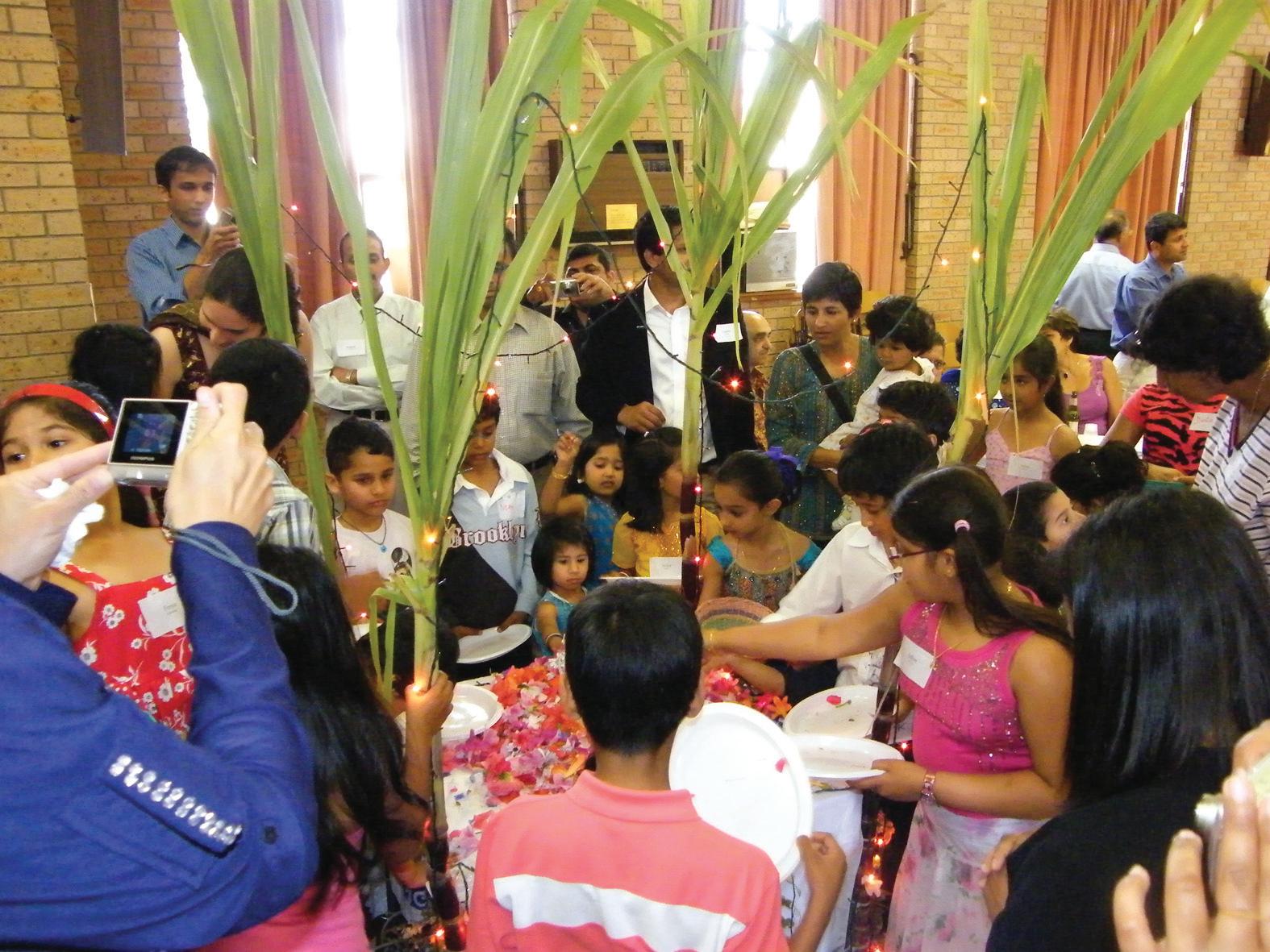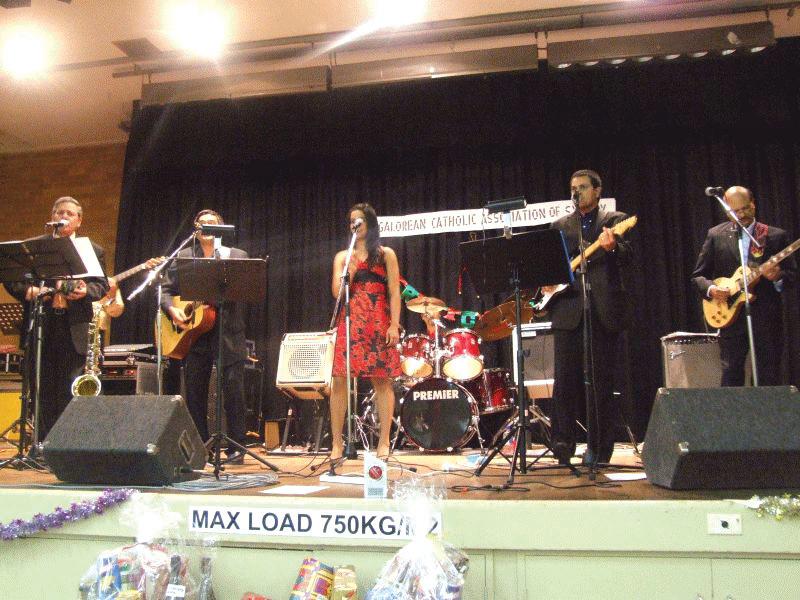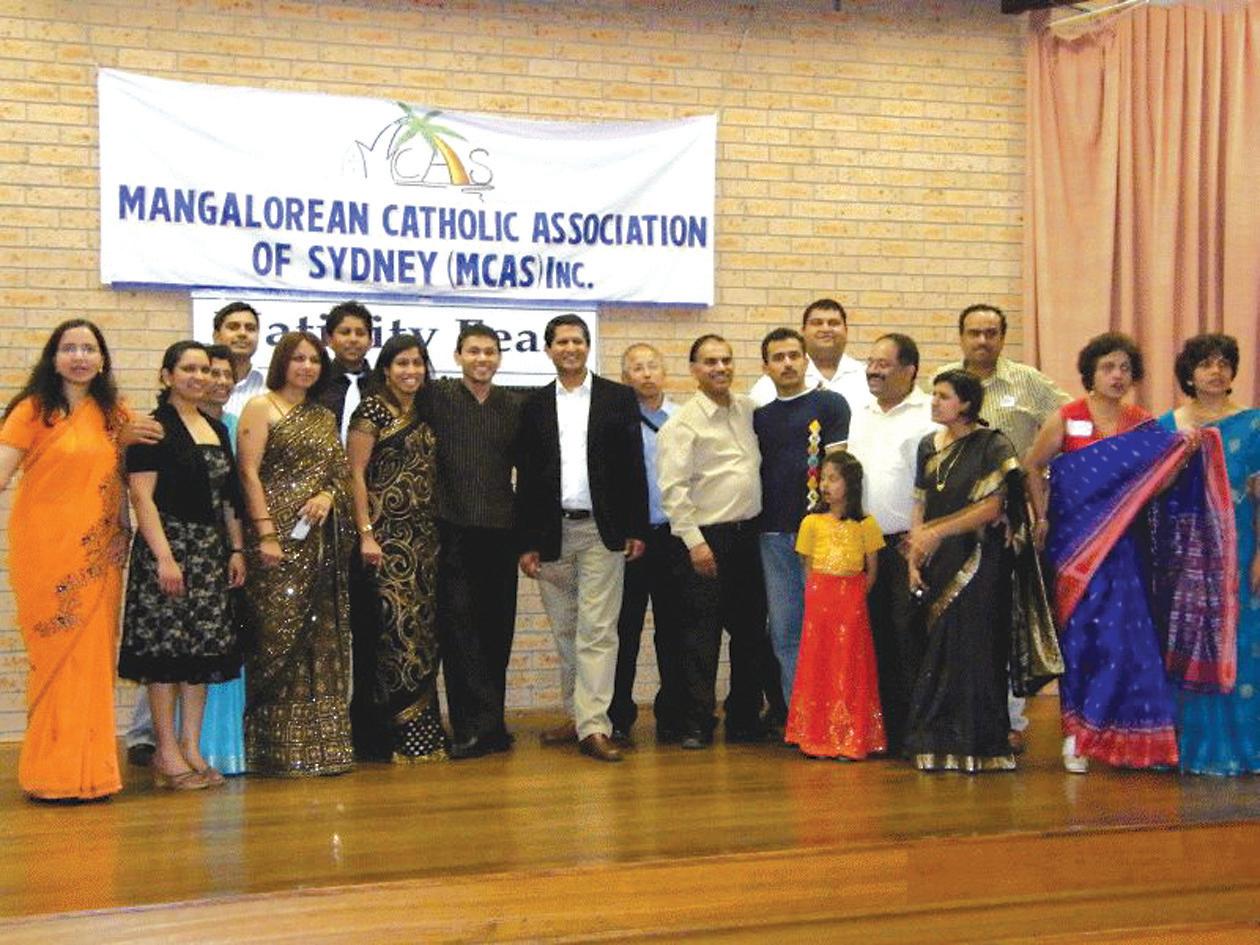
2 minute read
Mangalorean Christmas celebrations
from 2009-12 Sydney (2)
by Indian Link
The Mangalorean Catholic Association of Sydney (MCAS) celebrated Monti Fest in Chatswood recently. This feast celebrates the Nativity of the Virgin Mother, mother of Jesus.
The well-knit Mangalorean Catholic communities in Sydney and Melbourne endeavour to celebrate their festivals in the traditional way. The Mangalorean diaspora is spread throughout the world (USA, Britain, Dubai and Bahrain, for example) and celebrate this festival. The Nativity feast is the most important festival of the Mangalorean Catholic calendar. It is a forerunner to Christmas which is evidenced by the custom of having a crib showing the Infant Jesus during the celebration.
At the feast, the President of the Association, Mr Stanley D’Cruz briefly recounted the history of the Monti Fest, which was started some 240 years ago in the shrine of Monte Mariano in Faringpet, by a Goan priest Fr. Joachim Miranda.
Faringpet derives from “firangi” or “European” because the Portuguese had built a church there.
The religious component of the feast was conducted by Fr. Joseph Rebello, which was accompanied by a choir group led by Savio D’Souza and Joylene Moras. This choir, true to custom, sang traditional Konkani hymns. Fr. Rebello spoke on the virtues and significance of Mother Mary in the Catholic tradition and the role she plays in family life. Young people were involved in reading selected scriptural passages and prayers and, in the Indian tradition, presenting the harvest bounty of fruits and vegetables.
Thereafter, the event proceeded to the blessing of the new harvest. The attendees lined up in a procession to partake the traditional offering (“roce”). The children then, as is the custom, showered flowers on the statue of the Virgin Mother.

Following the religious ceremony was entertainment, which included a humorous skit in Konkani called ‘Dolla’ performed by Joylene Moras, Felix Pais, Ryan Sequeira,
Dulcine D’Souza and Veena D’Souza. This was well appreciated by the attendees and the auditorium rang with laughter. An authentic Mangalorean cuisine buffet lunch, prepared by the association’s members, followed, whilst music was played enabling guests to dance to rhythms which are popular in Konkani circles.
The MCAS celebrated its annual social Christmas event on December 5 at the Harvey Lowe Pavilion in Castle Hill. Mr Ryan Sequeira, the Master of Ceremonies introduced the five-person ‘Cascades’ band. Ryan Sequeira and Joy Moras punctuated the event with popular folk songs such as masala carols. Mr Tyronne Fernandes dressed up as Father Christmas to entertain the Mangalorean sweets and snacks kokisan had for sale. MCAS

Mangalore.
Mangalore, a fast-growing city in South Kanara (Dakshina Kannada) in coastal Karnataka, has three main linguistic groups: Kannada, Tulu and Konkani. Konkani is spoken, amongst others, by the Gaud Saraswat Brahmin community and by Mangalorean Catholics. These groups trace their origins to Goa.
Mangalore has produced some very famous Indian film stars like Aishwarya Rai, Shilpa Shetty, Frieda Pinto (of Slumdog fame) and Genelia D’Souza. Two well known authors, Booker-prize winner Aravind Adiga and Richard Crasta (sometime USbased and with works published in several countries), also hail from Mangalore.
Frieda Pinto, Genelia D’Souza and Richard Crasta are Mangalorean Catholics, as are Oscar Fernandes, General Secretary of the Congress Party and winner of the Nelson Mandela Minority Empowerment Award,
George Fernandes, Defence Minister in the erstwhile BJP Indian Government (when India conducted nuclear tests) and Margaret Alva (Governor of Uttaranchal).
Mangalorean Catholics emigrated from Goa to Mangalore in the early years of Portuguese rule when Portugal sought to remove all vestiges of local traditions.

In the Old Conquests of Goa, Goans had been converted to Christianity and given Portuguese surnames. Prior to this exodus, following the Portuguese takeover. Some Mangalorean Catholics have since reverted to their Gaud Saraswat surnames, such as Prabhu and Shenoy.









